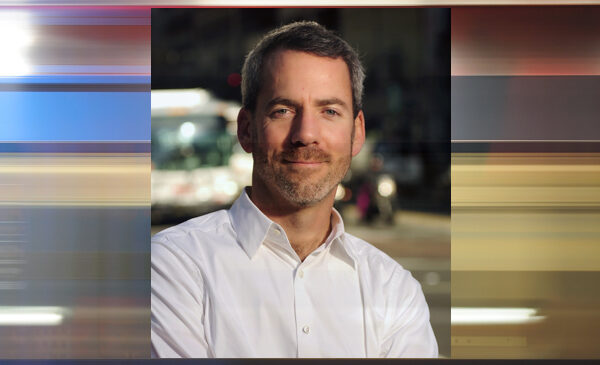News
Talking Brains, Bikes and Better Streets
The City of San Mateo is currently implementing the Sustainable Streets Program, designed to inform a transportation network that will “allow safe movement by any individual whether by car, on bike or on foot.” Led by City staff, the project will develop streets that are safe for kids and that meet the needs of our many commuters. The two-year project will bring sustainable streets to San Mateo for decades to come.
The Taste and Talk Series is part of the Sustainable Streets Program, aimed at providing education on various topics and creating meaningful dialogue within the community.
We talked with Jeffrey Tumlin from Nelson\Nygaard, an expert in the field and a regular at Taste and Talk, to find out more about the Sustainable Streets Program, inspiration and the brain as it relates to transportation.
How did you get involved in the Taste and Talk Series for the San Mateo Sustainable Streets program?
My company, Nelson\Nygaard, is helping the City develop a “Sustainable Streets” plan.
What do you find to be the most valuable part of the Sustainable Streets program?
Rather than copying the usual highway-oriented road standards from the 1950s, San Mateo is thinking deeply about how its streets should support its citizens’ quality of life, economic development, ecological sustainability and other goals. The City is asking residents to think about all sorts of difficult trade-offs, like the tension between accommodating motorists who want to drive fast, versus the safety of children walking to school. To what degree should one road user be inconvenienced in order to provide space for others? Because street space is limited, in order for everyone to get what they need, no one can get everything they want.
Tell us a little bit about the work you’ve done for Bay Meadows and for San Mateo.
We’ve been working with the City and with various developers in the area to accommodate economic development, while reducing the traffic impacts of development. By focusing development near transit, and by providing the needs of daily life within walking distance, we can cut vehicle trips in half.
What is some of the most inspired work you’ve seen in the realm of creating sustainable, well-planned communities?
My inspiration doesn’t come from new technologies or interesting architecture. I’m inspired when regular citizens come together to talk about the future of their city, and think through the difficult decisions the city council must make to guide it forward.
Take parking, for example. No one likes having to search for a parking space or pay for parking. But too much parking can be just as bad as too little parking. How do we determine the right amount? Are there ways we can better manage the existing parking supply in order to reduce the need to build new spaces at $30,000 – $70,000 each? What is the relationship between housing affordability and parking requirements? These are difficult questions, and I’m delighted when citizens discuss potential answers thoughtfully.
You recently wrote a book, Sustainable Transportation Planning, in which you bring to light recent research into brain chemistry as it relates to transportation. Tell us a little about this research.
We’ve all argued with a loved one, and then gone out for a walk to clear our heads. We’ve seen how our perception of the world changes when we go for a bike ride, a hike or a swim. This is not coincidence, but rather our brain chemistry at work, specifically the pituitary gland. As bipedal primates of the savannah, our bodies and minds are best adapted to daily outdoor activity – about 10,000 steps of walking a day according to Japanese scientists. On the other hand, when we’re in our cars, our brains are denied the signals that allow us to navigate our complex social worlds.
We’ve all done and said things behind the wheel we would never do in other situations. We’ve also experienced a level of anger behind the wheel that is uniquely associated with the fight-or-flight response of the brain’s amygdalae. Simply put, building walking or biking into our daily lives makes us happier and healthier. Being stuck behind the wheel every day, on the other hand, makes us angrier, fatter, and less able to think through the consequences of our actions. I love driving, but I don’t want to live in a society where everyone is forced to drive for all the needs of their daily lives.
Mark your calendar for the next Taste and Talk Meeting on April 10th. The topic will be Completing the Transportation Network by Seeing the Bigger Picture. For more information visit Sustainable Streets.
For the latest news and updates from Bay Meadows, follow us on Facebook, Twitter, Instagram and Pinterest.
